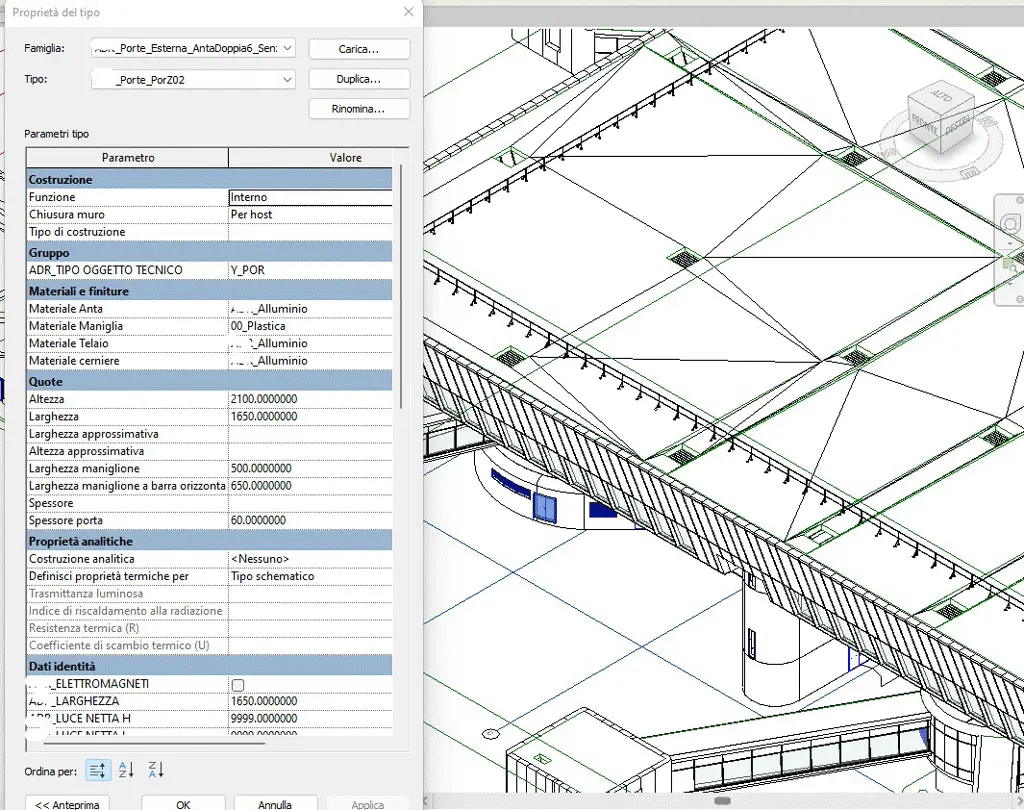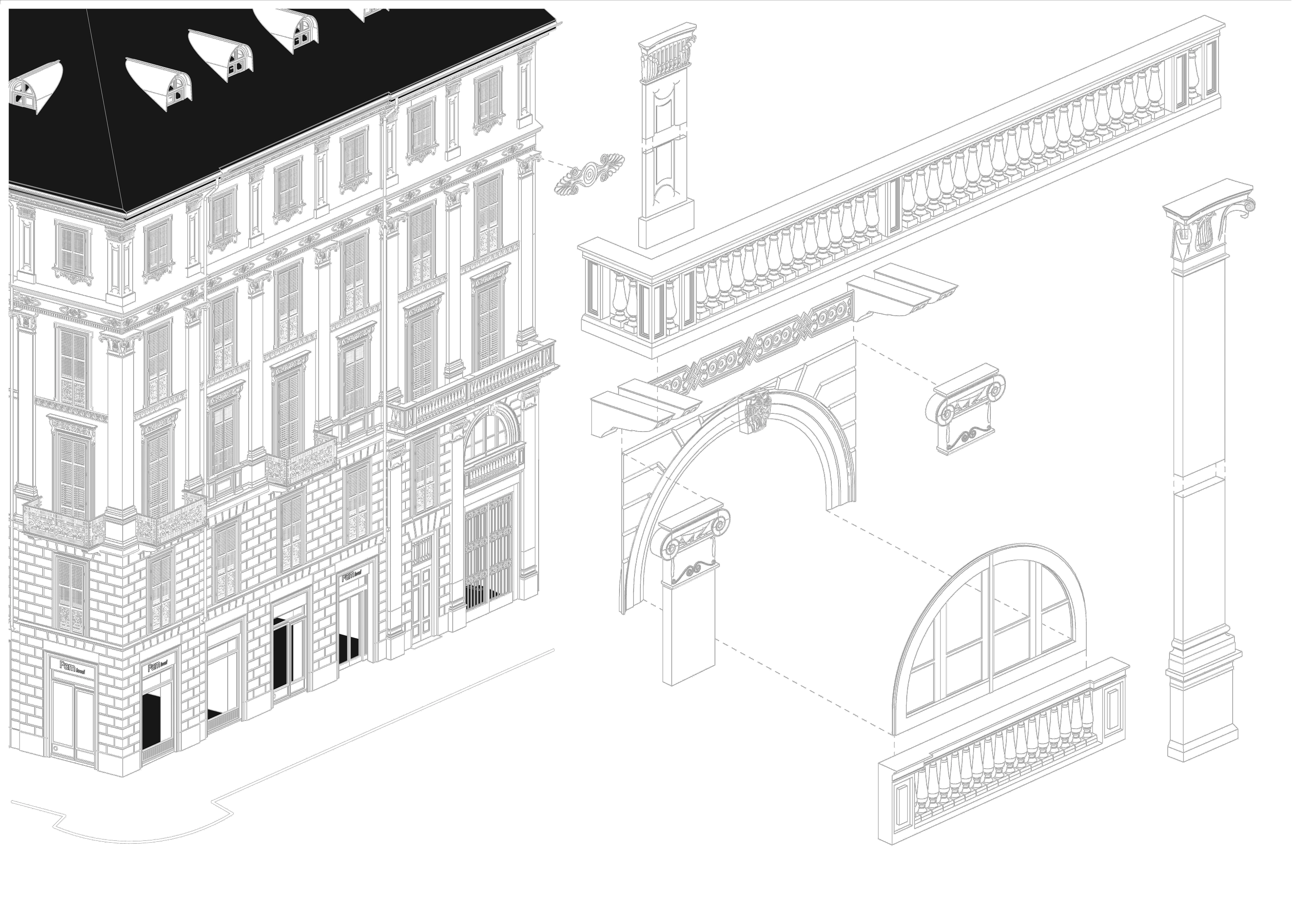What Is BIM - Building Information Modeling?
In recent years, the term BIM — short for Building Information Modeling — has become increasingly common. But what exactly is it, and why is it becoming a standard in architecture, engineering, and construction projects?
BIM is much more than a piece of software: it’s an integrated approach to managing the entire lifecycle of a building, from the initial concept all the way through to post-construction maintenance. As buildingSMART International explains, BIM is based on three-dimensional digital models enriched with technical information that allows all stakeholders to collaborate more precisely, efficiently, and securely.
But most importantly, BIM is about information. Every element of the model — a wall, a light fixture, a window — contains data that is useful throughout the design, construction, and facility management phases. It could be the unit cost, the voltage of a lightbulb, the total number of components, or the materials used. This structured, always-accessible information turns the model into a true database for the entire project.

Traditionally, architects, engineers, contractors, and clients all worked on separate documents — often leading to coordination errors.
Imagine building a house without BIM as if each professional were working on a different piece of a map, without seeing the others'. The architect designs the layout, the structural engineer runs calculations on a separate sheet, and the electrical engineer draws up plans somewhere else. When it’s time to build, you might discover that the pipes run where the structural columns are supposed to go, or that the windows don’t line up with the walls.
With Building Information Modeling (BIM), everyone works on the same digital model, updated in real time. Any change — whether it's a beam repositioned or a new cable route — is immediately visible to all other team members. It’s as if architects, engineers, and builders are finally speaking the same language, on the same page.
The result? Fewer errors, fewer surprises on-site, fewer delays, and greater control over costs and timelines.
BIM places a single, dynamic, and shared model at the center of the project — one that integrates geometry, materials, system specifications, energy analyses, and much more. And this model doesn’t stop being useful when construction ends: its value grows over time because it remains accessible and updatable throughout the building’s lifecycle. It becomes a key tool for smart, efficient facility management — ensuring continuity, oversight, and quality long after the site is closed.
The advantages are tangible, as highlighted by industry analyses such as those by Autodesk. Adopting this approach leads to greater efficiency during both the design and construction phases, improving cost and time control. It also significantly reduces the number of changes required during construction and makes it easier to manage and maintain the building once completed.
Today, BIM is being required in an increasing number of public and private tenders. In Italy as well, technical regulations — as defined by UNI standards — have established clear guidelines that make Building Information Modeling an increasingly essential skill.
This isn’t a passing trend, but a structural shift in the way we conceive, design, and build the built environment. And future outlooks — including those from McKinsey — confirm that digitalization in the construction sector is set to accelerate even further.
Understanding BIM today means being ready to build better tomorrow.
